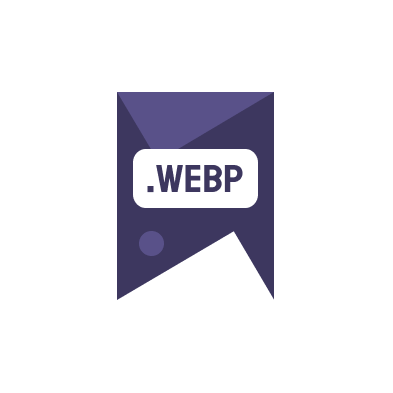In the dynamic world of web design, using background images can significantly enhance the aesthetic appeal of a website. However, it’s crucial to implement these images without compromising the site’s performance. This article will guide you through the best practices for using background images efficiently.
Understanding the Impact of Background Images on Site Performance
Background images can be visually striking and contribute to a website’s identity, but they can also lead to increased page load times and affect user experience adversely. The larger the file size, the longer a page takes to load, which can frustrate users and harm search engine rankings.
Optimizing Image Size and Format
One effective way to manage the size of your background images is by converting them to WebP format, which offers superior compression and quality characteristics compared to many other formats. Using tools like Image to WebP online free can facilitate this process conveniently.
Implementing Efficient CSS Techniques
Another strategy involves using CSS tricks such as CSS sprites, which combine multiple images into one. This reduces the number of server requests during page loading. Additionally, specifying image dimensions in CSS can help the browser resize images more efficiently, thus improving load times.
Using Responsive Background Images
It’s important to ensure that background images are responsive and well-optimized for all devices. This can be achieved by using media queries to serve different image sizes based on the user’s device. This technique not only improves loading times but also enhances the overall user experience.
Lazy Loading for Enhanced Performance
Lazy loading is a technique that defers the loading of non-critical resources at page load time. Instead, these resources are loaded at the moment they are needed, which can significantly speed up the initial page load and save bandwidth. Applying lazy loading to background images can be particularly effective for performance improvement.
Utilizing Content Delivery Networks (CDN)
A Content Delivery Network (CDN) can dramatically reduce the load time of heavy resources including background images. By hosting your images on a CDN, you ensure that they are delivered to the user from the nearest server, which reduces latency and improves site speed.
Testing and Measuring Impact
Finally, it’s critical to regularly test and measure the impact of any changes you make. Tools like Google’s PageSpeed Insights (SEO Starter Guide) help track the performance of your pages and provide practical recommendations for improvements. Testing different approaches and continuously monitoring the results allows you to optimize effectively.
Implementing these strategies will ensure your site remains fast and responsive, even with visually striking background images. By optimizing your approach to using background images, you can enhance both aesthetics and performance, delivering a better user experience and improving your SEO ranking.

